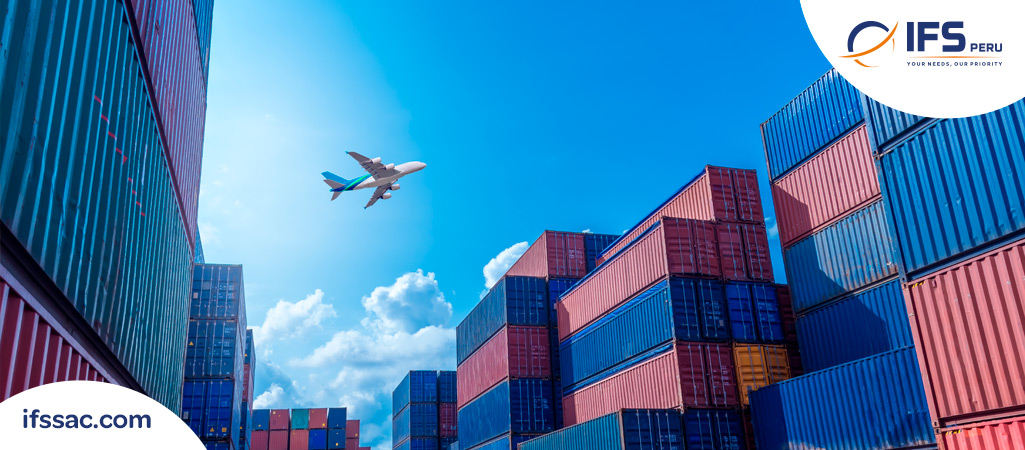Air transport of dangerous goods is a complex process that requires proper handling, packaging, and labeling. The shipment of hazardous materials by air poses significant risks to both people and the environment, and as such, it is governed by strict international regulations. In this article, we’ll discuss what you should know about air transport dangerous goods, including the risks involved, the regulations governing the transport of hazardous materials, and the precautions that must be taken to ensure safety.
What are Dangerous Goods in Air Transport?
Dangerous goods are substances or articles that pose a significant risk to health, safety, property, or the environment if not properly transported. These materials can be classified into nine categories, including explosives, gases, flammable liquids and solids, oxidizing substances, toxic and infectious substances, radioactive materials, corrosives, miscellaneous dangerous goods, and environmental hazards.
Examples of dangerous goods that are commonly transported by air include lithium ion batteries, aerosols, medical specimens, chemicals, and radioactive materials. The shipment of these materials must comply with the International Air Transport Association’s (IATA) Dangerous Goods Regulations, which sets out the rules and procedures for the safe transport of dangerous goods by air.
Risks Involved in Air Transport of Dangerous Goods
The transportation of dangerous goods by air poses several risks, including the potential for fires, explosions, toxic releases, and contamination. In the event of an accident or incident, the release of hazardous materials can have serious consequences for both people and the environment.
For example, a fire on board an aircraft carrying flammable liquids or solids can lead to an explosion, resulting in serious damage to the aircraft and loss of life. The release of toxic substances, such as chemicals or infectious materials, can also have serious health consequences for those on board and in the surrounding area.
In addition to these risks, the transportation of dangerous goods by air also poses environmental hazards. For example, the release of radioactive materials can result in contamination of the air, water, and soil, and have long-lasting effects on the environment.

Regulations Governing Air Transport of Dangerous Goods
The transportation of dangerous goods by air is regulated by several international organizations, including the IATA, the International Civil Aviation Organization (ICAO), and the United Nations (UN). These organizations work together to ensure that the transportation of hazardous materials by air is safe, efficient, and in compliance with international standards.
The IATA Dangerous Goods Regulations, which are updated annually, provide the technical instructions and guidelines for the air transport of dangerous goods. The regulations cover all aspects of the shipment of hazardous materials, including labeling, packaging, and documentation requirements.
In addition to the IATA regulations, the UN also sets out the classifications, labeling, and packaging requirements for dangerous goods in its Recommendations on the Transport of Dangerous Goods. These recommendations provide a basis for the safe transport of dangerous goods by all modes of transportation, including air, sea, and road.
The ICAO also plays a role in the regulation of air transport of dangerous goods. The organization sets out the technical requirements for the transport of dangerous goods by air, including the training and certification of personnel involved in the shipment of hazardous materials.
In conclusion, air transport of dangerous goods is a complex process that requires proper handling, packaging, and labeling. The shipment of hazardous materials by air poses significant risks to both people and the environment, and as such, it is governed by strict international regulations. By understanding the risks involved, the regulations governing the transport of hazardous materials, and the precautions that must be taken to ensure safety
As a responsible International Logistics Operator, it’s important to understand these regulations and work with an experienced partner like the IFS Group to ensure the safe and efficient transportation of your dangerous goods. Contact for assistance.





